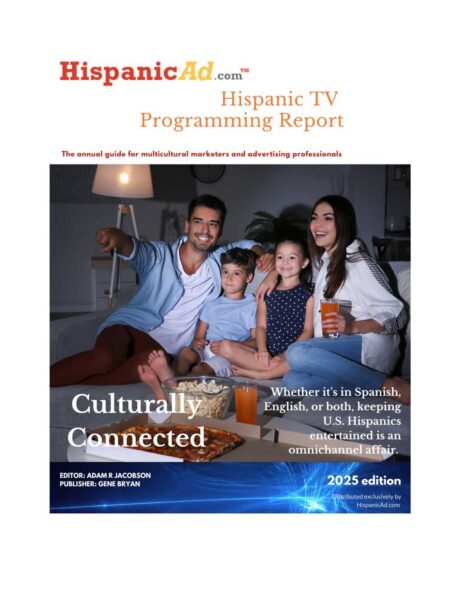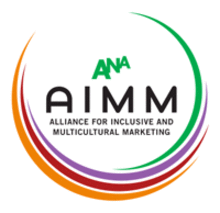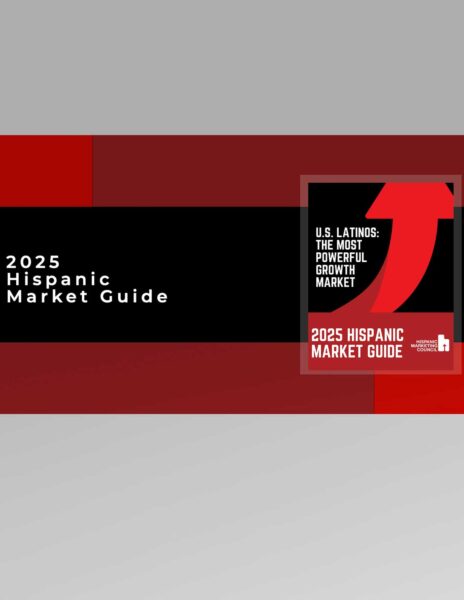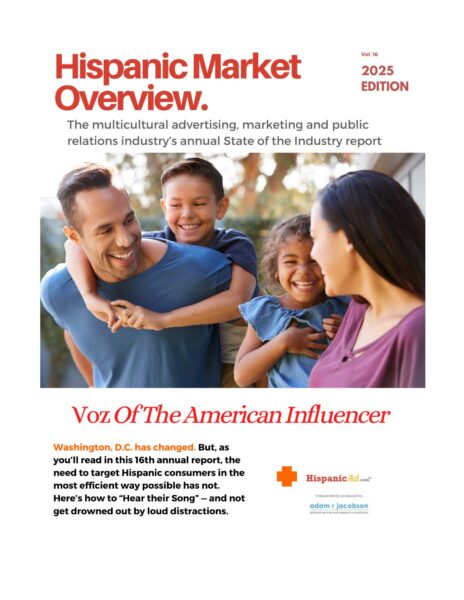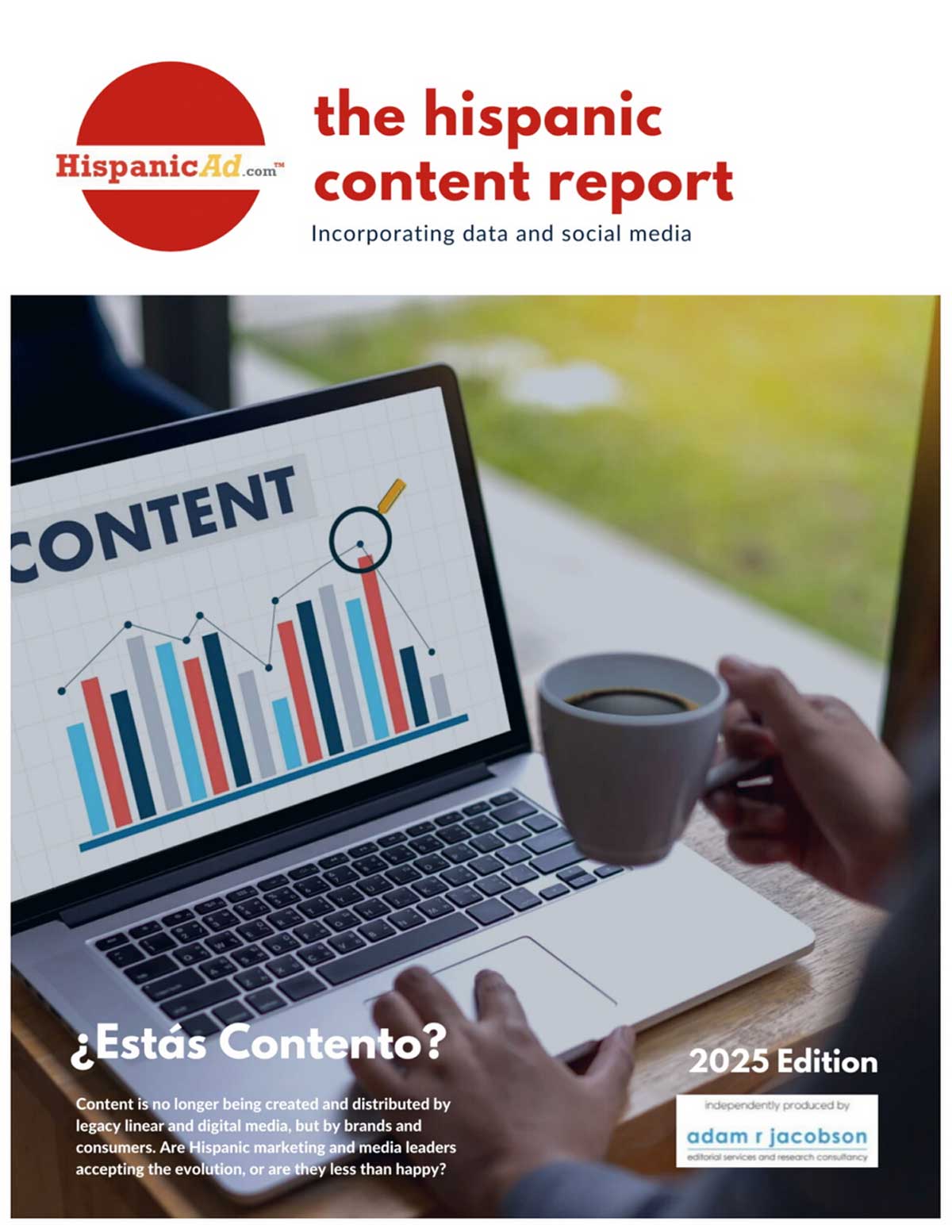Uncommon Sense: A Roadmap for Growing Established Brands
![]() Unlike new products, which have a relatively predictable path to growth, established products have a wide array of development paths to choose among. Mature brands will find themselves in a broader range of situations than new ones. When it becomes clear that your established brand needs investment to grow your circle of buyers, how do you know which path will work best for you?
Unlike new products, which have a relatively predictable path to growth, established products have a wide array of development paths to choose among. Mature brands will find themselves in a broader range of situations than new ones. When it becomes clear that your established brand needs investment to grow your circle of buyers, how do you know which path will work best for you?


 With two weeks until the kickoff of UEFA European Football Championship, ESPN is debuting “More Than Football,” an integrated marketing campaign celebrating the world’s most competitive international soccer tournament. Starting June 10, the month-long event will feature 51 matches in 10 cities throughout France.
With two weeks until the kickoff of UEFA European Football Championship, ESPN is debuting “More Than Football,” an integrated marketing campaign celebrating the world’s most competitive international soccer tournament. Starting June 10, the month-long event will feature 51 matches in 10 cities throughout France. Lopez Negrete Communications has become the total market agency of record for Lone Star College.
Lopez Negrete Communications has become the total market agency of record for Lone Star College. In the recently released Hispanic Market Overview 2016, presented by Lopez Negrete Communications, I skewered Saatchi & Saatchi New York for their recently released “Born Bold” total market campaign for Baja California-based beer brand Tecate. By Adam R Jacobson
In the recently released Hispanic Market Overview 2016, presented by Lopez Negrete Communications, I skewered Saatchi & Saatchi New York for their recently released “Born Bold” total market campaign for Baja California-based beer brand Tecate. By Adam R Jacobson Remember what you thought of podcasting when it first launched on iTunes? Have you considered it as a medium for either extending your content or aligning your brand?
Remember what you thought of podcasting when it first launched on iTunes? Have you considered it as a medium for either extending your content or aligning your brand? After 27 rewarding years as the producer of FIESTA BROADWAY, Los Angeles’ famous “Cinco de Mayo” street and music festival that entertained generations of L.A. Latinos through the streets of downtown Los Angeles, Peter Bellas has announced he has sold his company, All Access Entertainment, to a media executive from Anschutz Entertainment Group (AEG).
After 27 rewarding years as the producer of FIESTA BROADWAY, Los Angeles’ famous “Cinco de Mayo” street and music festival that entertained generations of L.A. Latinos through the streets of downtown Los Angeles, Peter Bellas has announced he has sold his company, All Access Entertainment, to a media executive from Anschutz Entertainment Group (AEG).  Edelman announced that Milton Lebron has joined the firm’s Miami office to develop the U.S. Hispanic creative and digital portfolio.
Edelman announced that Milton Lebron has joined the firm’s Miami office to develop the U.S. Hispanic creative and digital portfolio. Dunkin’ Donuts, in partnership with Coca-Cola, is offering people who join DD Perks this week the opportunity to win tickets to one of the most exciting U.S. sporting events of the summer, the COPA America Centenario.
Dunkin’ Donuts, in partnership with Coca-Cola, is offering people who join DD Perks this week the opportunity to win tickets to one of the most exciting U.S. sporting events of the summer, the COPA America Centenario. Honey Bunches of Oats announced the launch of its new campaign, Voces con Dedicación (Voices with Dedication) in collaboration with Mexican recording sensation, Sofia Reyes.
Honey Bunches of Oats announced the launch of its new campaign, Voces con Dedicación (Voices with Dedication) in collaboration with Mexican recording sensation, Sofia Reyes. Pinta recently appointed Krysten de Quesada to Account Director of its Miami office.
Pinta recently appointed Krysten de Quesada to Account Director of its Miami office.








